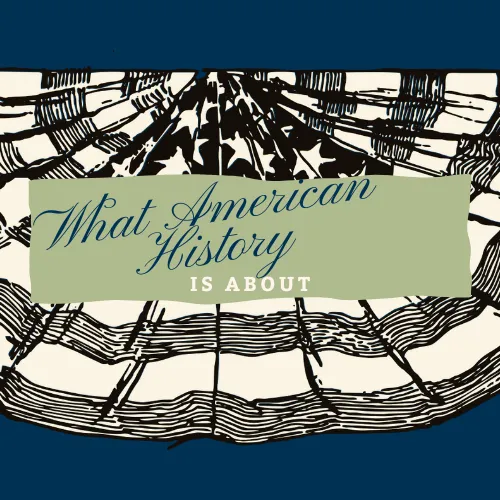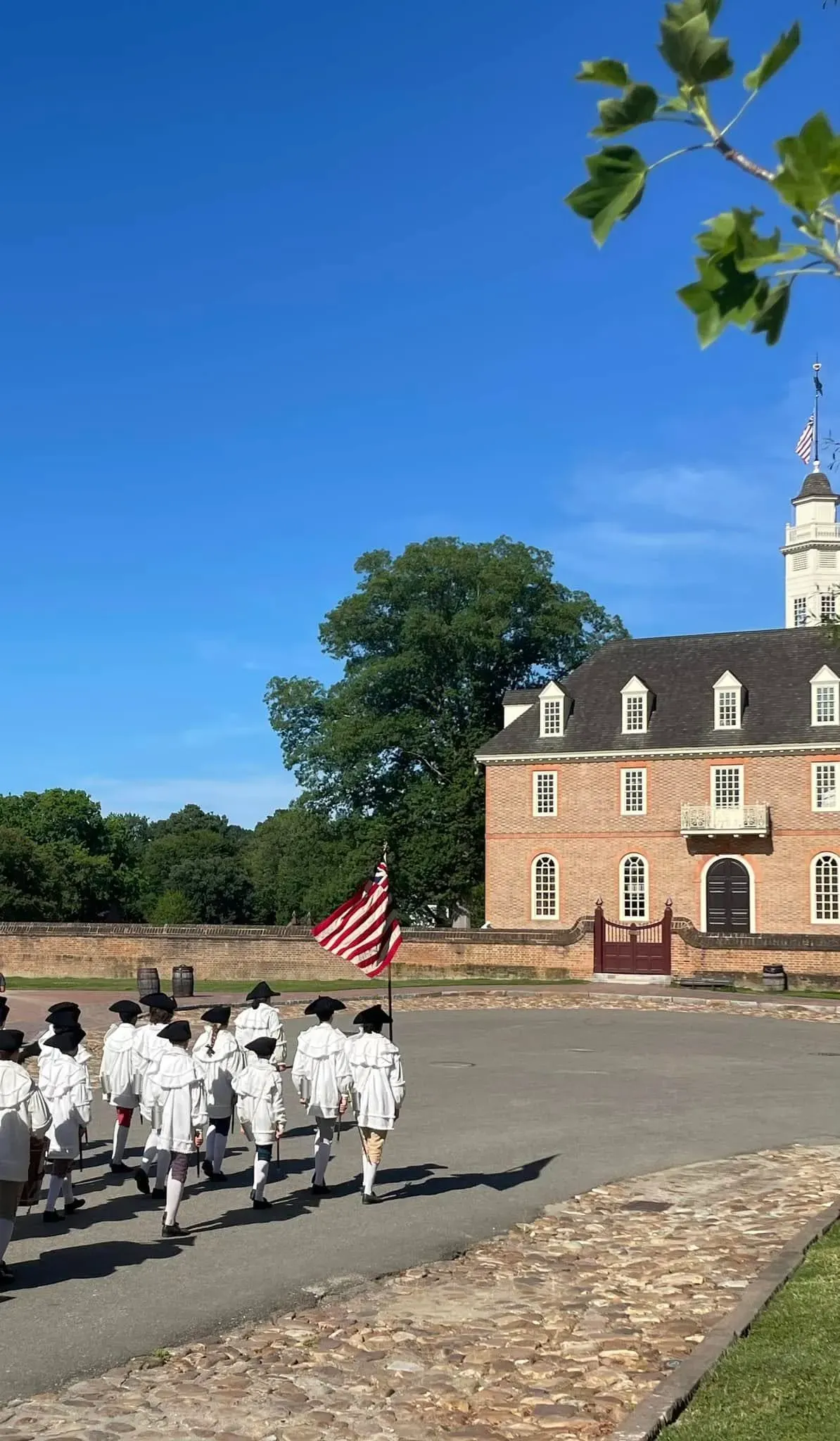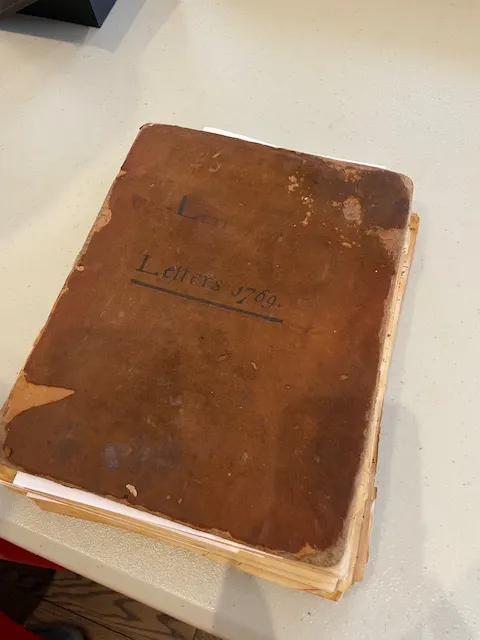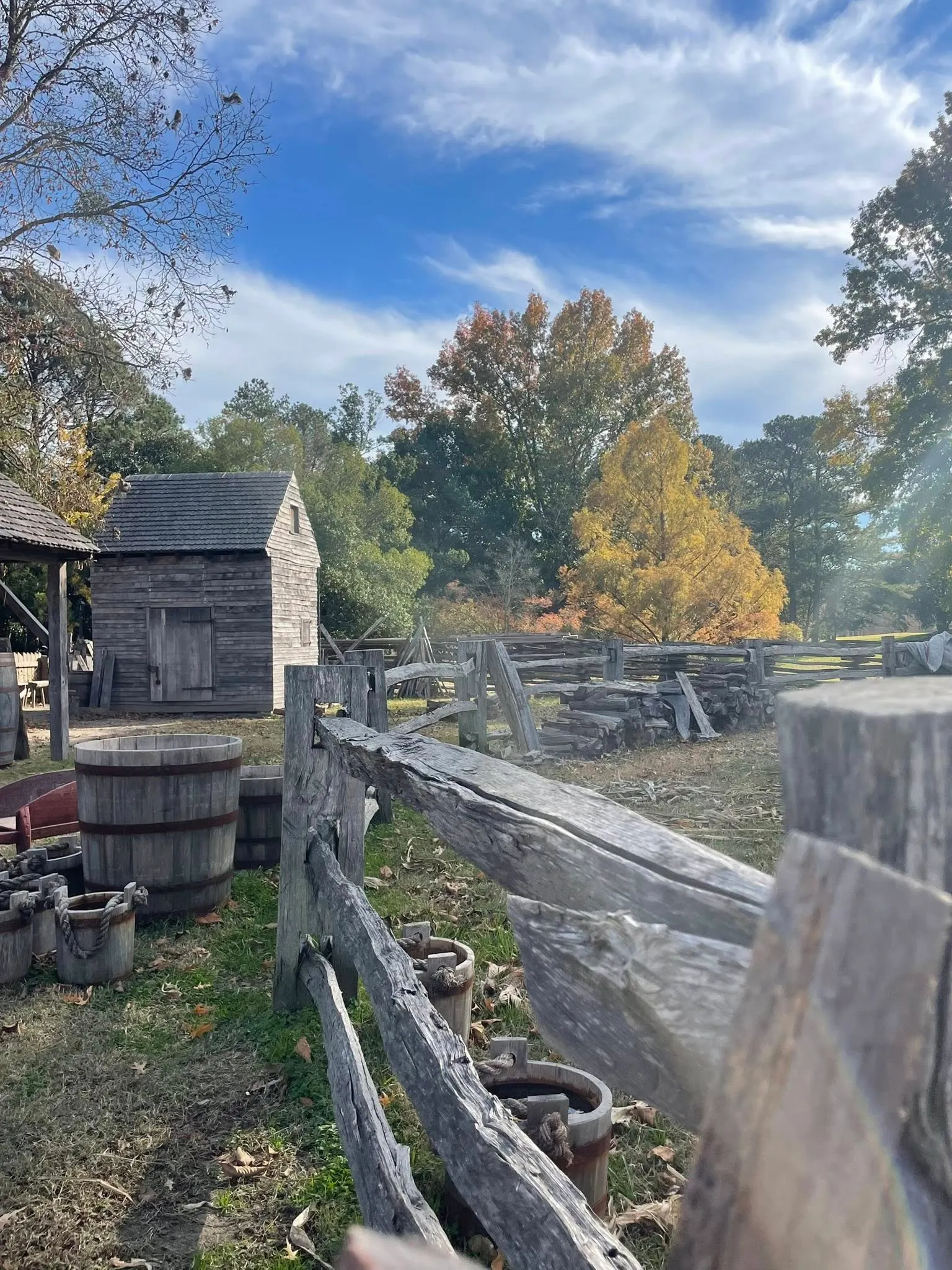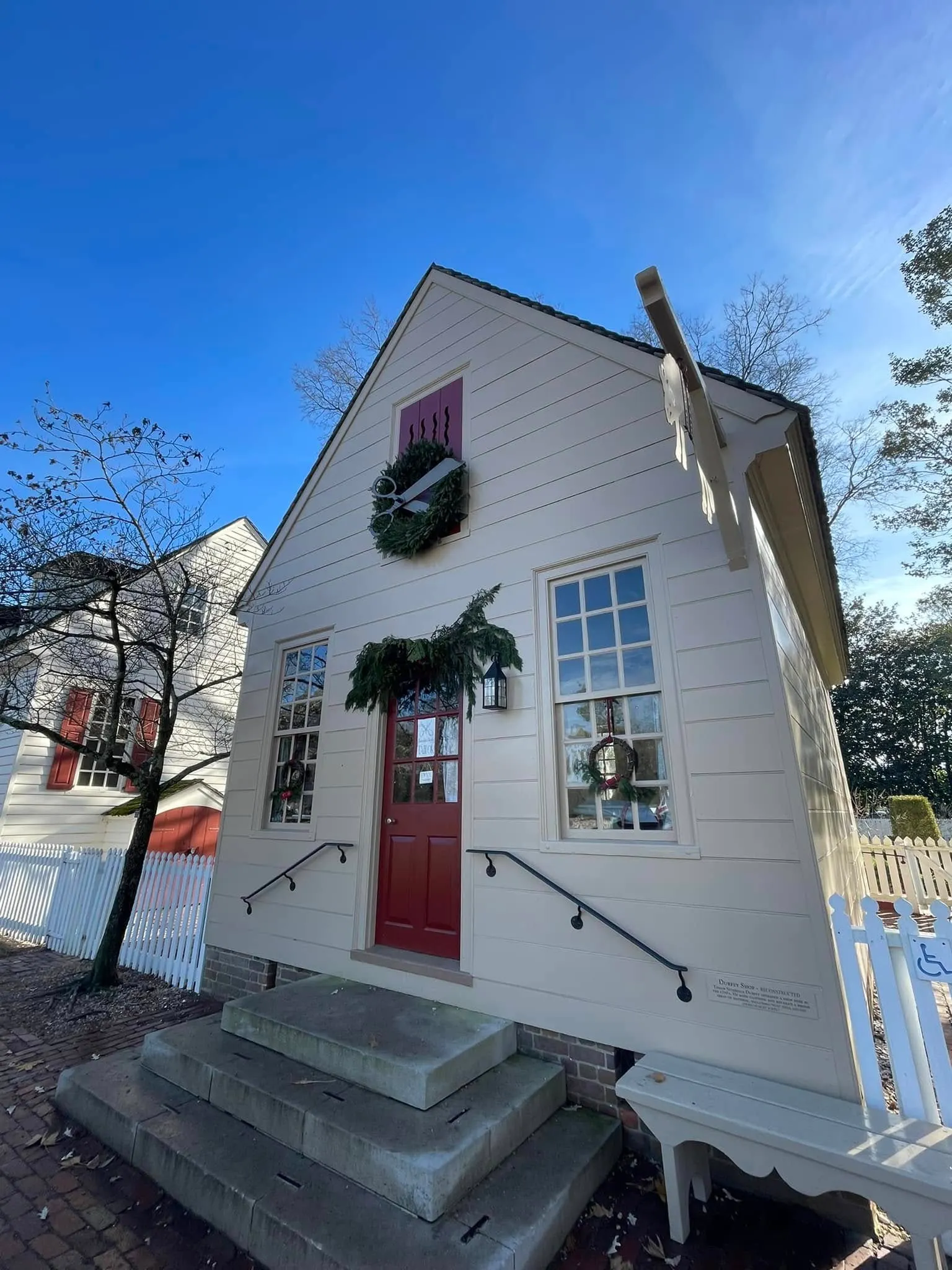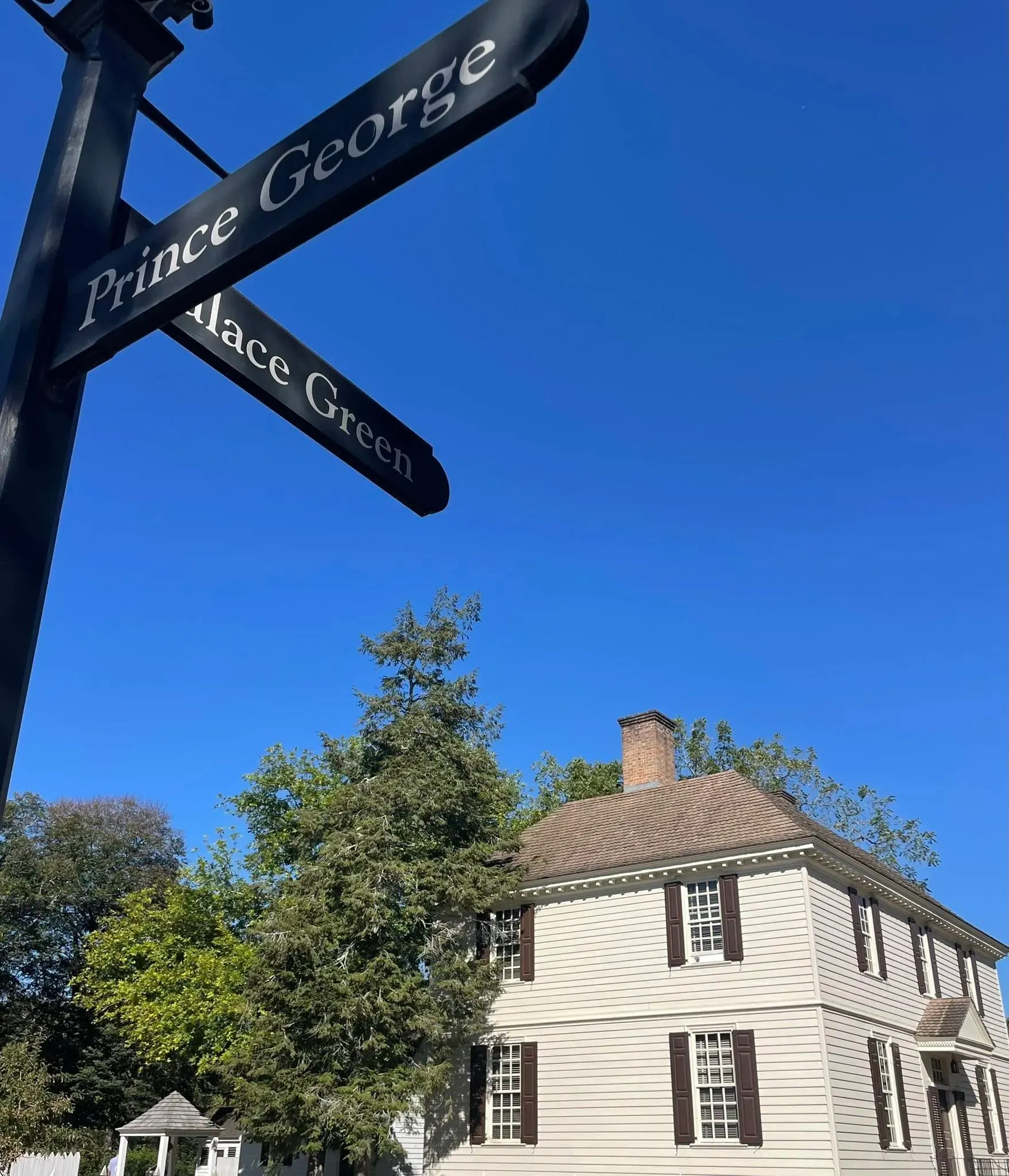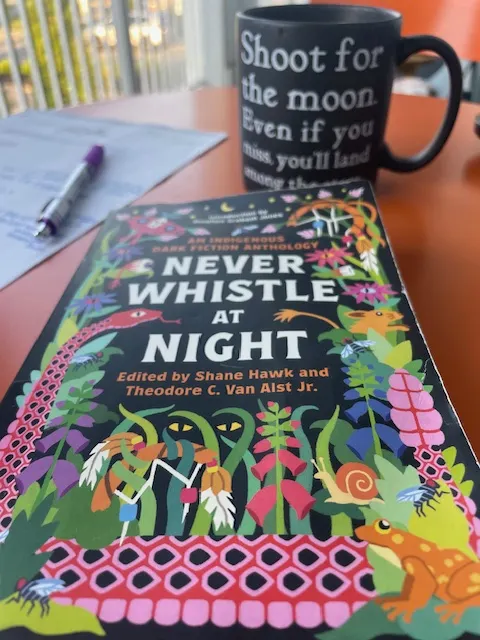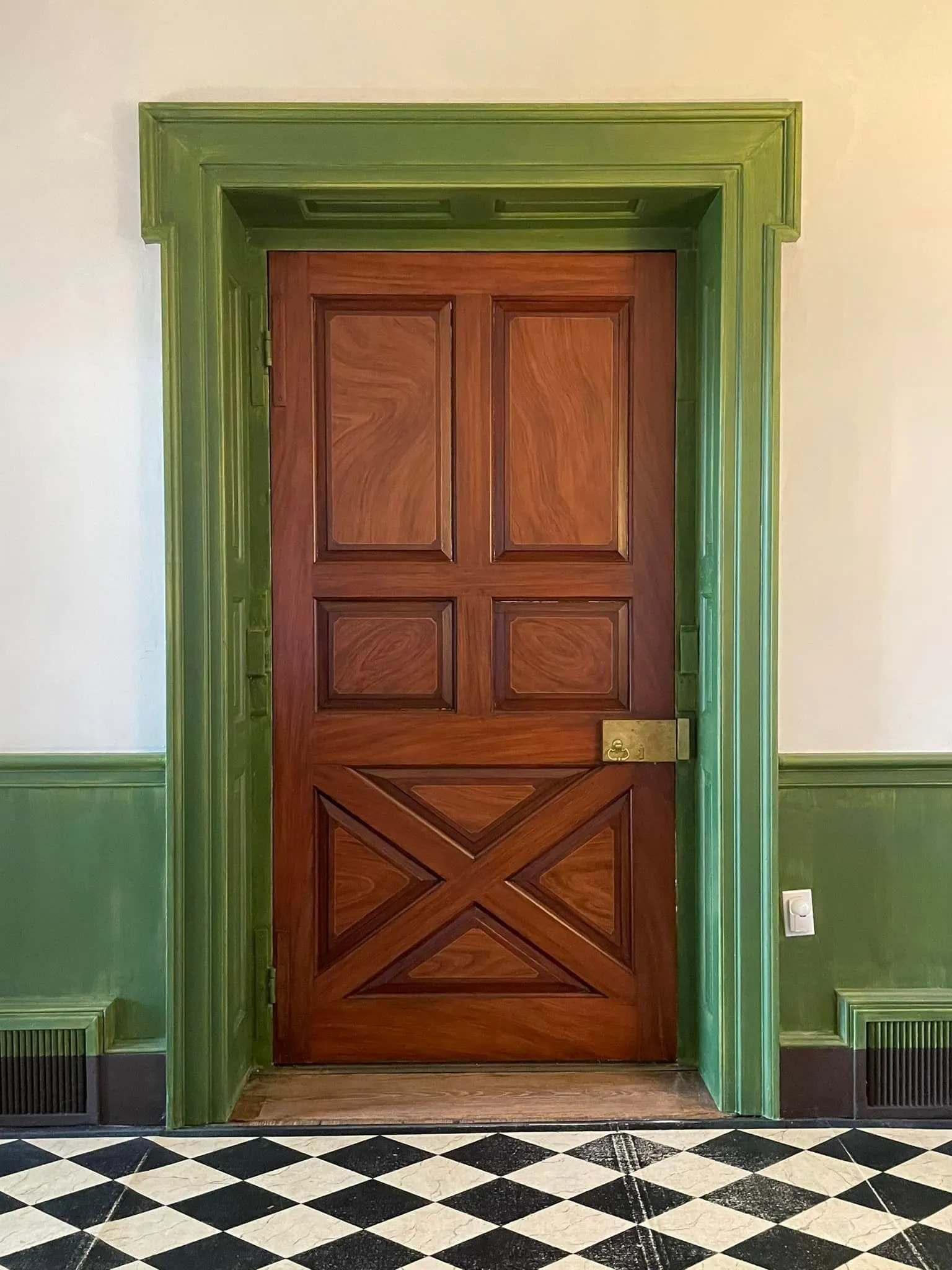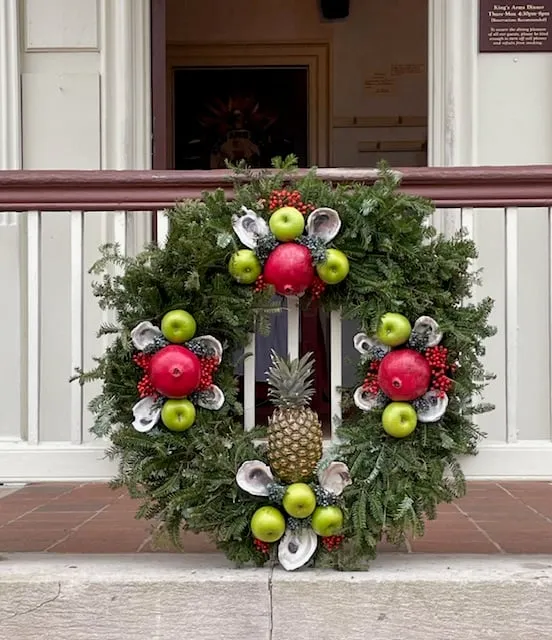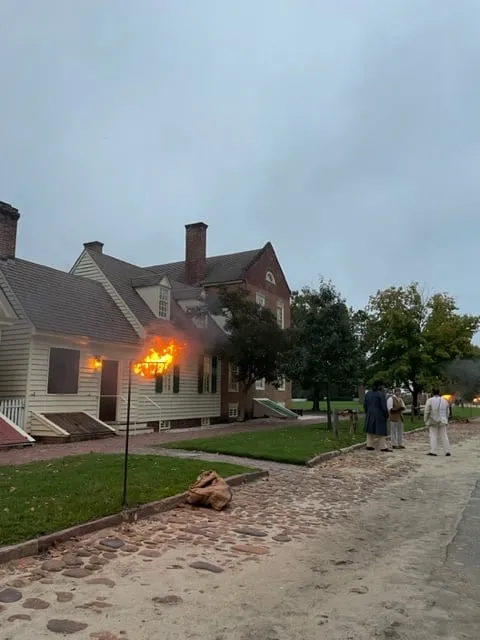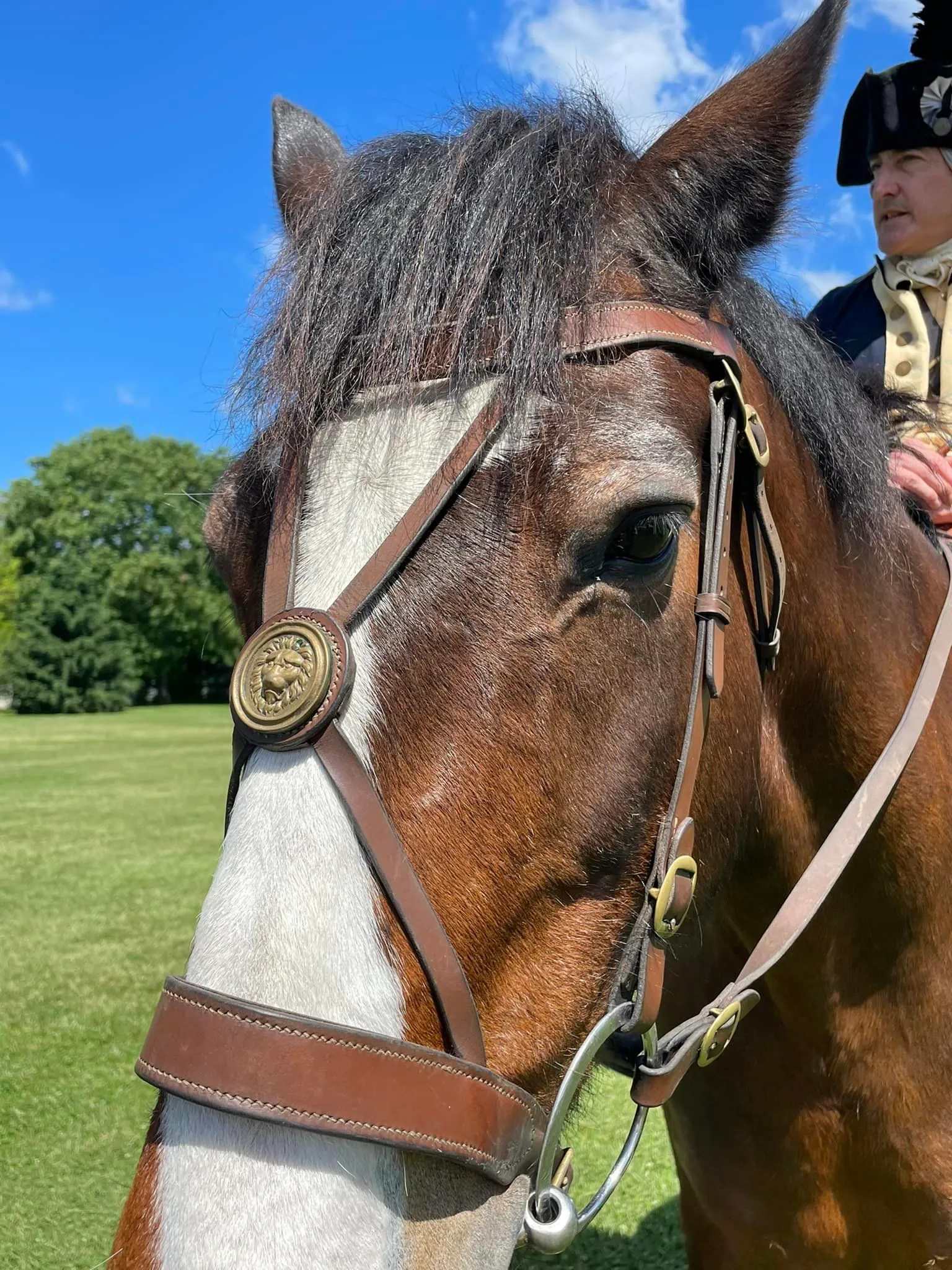Why You Must Visit Jamestown Settlement in 2025: Four Compelling Reasons
America turns 250 in 2026 and Jamestown was settled by the English in 1607.
The United States voted independence on July 2, 1776 and adopted a Declaration of Independence to shout it out to the world on July 4th, two days later. But that's not the true beginning of our shared American history.
With the arrival of English colonists in 1607, the first documented Africans a few short years later, and of course: the Powhatan tribal members already on the land, the story of Virginia, and our United States, begins well before 1776.
I'm blessed to live so close to Jamestown Settlement. As a resident of Williamsburg, I have full access anytime I want to head over. Whether I'm there to dive into history or casually wander and enjoy the breeze off the James River, it's not lost on me how fortunate I am.
Also a blessing: the kindness and passion shown to me by two people intensely involved with Jamestown Settlement.
A special thank you to the Jamestown-Yorktown Foundation's Tracy Perkins, Media Relations Manager and Travis Henline, Curator of Indigenous History and Culture. They've guided me on this journey to really understanding what makes Jamestown Settlement the incredible museum it is.
Necessary disclaimer: As a blogger, I use affiliate links sometimes! I may receive commission from purchases I share; it does not change your price but sometimes you might get a discount.
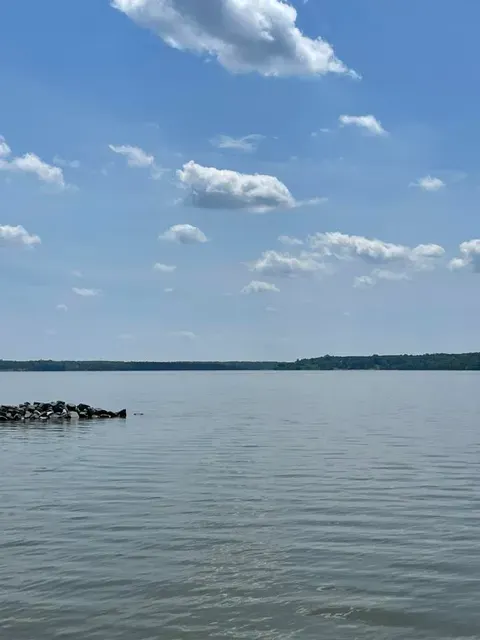
View across the James River, pier at Jamestown Settlement.
Reason 1 to visit Jamestown Settlement: The cultural understanding.
I'm starting this section with one word: credibility.
Sitting down with Travis, it's immediately clear that the historic interpretation of everything you find at Jamestown Settlement has credibility. In his words, working closely with their Indigenous Advisory Group, "shared authority" is critical and absolute.
What does this mean?
Several years ago, an effort was made to collaborate with leaders of multiple federally and state recognized tribes in Virginia. They're actively advising, consulting, and sharing authority over what you see at Jamestown Settlement.
There's no doubt in this blogger and history-lover's mind that credibility extends beyond Travis and the Indigenous People's Program at Jamestown Settlement. It runs throughout their programs and initiatives.
When you visit the constantly-updating Paspahegh Town at Jamestown Settlement, you may meet the manager, Carol, or one of the many talented interpreters onsite actively making rope into a basket, sharpening a flint, or sharing their extensive knowledge with visitors.
You will definitely be immersed in history, being able to see and enter into re-created homes similar to those of the Pasahegh people, who resided just across the James in what's now Surry County.
RELATED: This article provided by Tracy sharing an example of the shared authority on Jamestown Settlement's activities and interpretation of history.
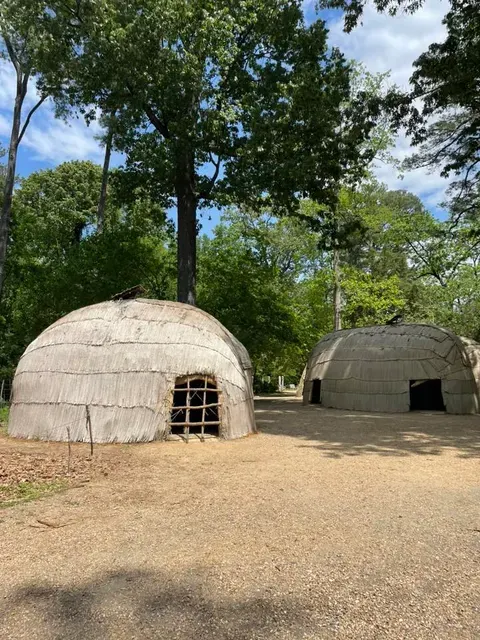
Re-created Paspahegh homes, Jamestown Settlement
Reason 2 to visit Jamestown Settlement: The trades.
If you've been reading this blog, you may know how much I adore visiting the trades in Colonial Williamsburg, and it's no different for Jamestown Settlement. From forges to farming, they offer a diverse look into those who would've been working and living at the original fort.
Not only do you get an understanding of the trade itself from a technical, scientific, or artistic perspective, but you get a solid background on it's place in early American history.
On a recent visit, I was able to learn so much from the Jamestown Settlement's blacksmith! We went beyond the technical aspect of blacksmithing and dove into the level of skill men coming to Jamestown would've had, the terms of service they'd cross the Atlantic under, and more.
(Yes, I highly recommend you wander over to the blacksmith's forge on your visit!)
During the same visit, a stop at the farming site shed light on the famous "Starving Time."
Popping into the interpretive kitchen (which I always do!), introduced me to the process by which settlers utilized pork for stews and how the hogs were transported from Hog's Island.
Preserving trades through the ages is a vital part of living history museums.
RELATED: This post listing must-visit living history museums, spanning multiple states.
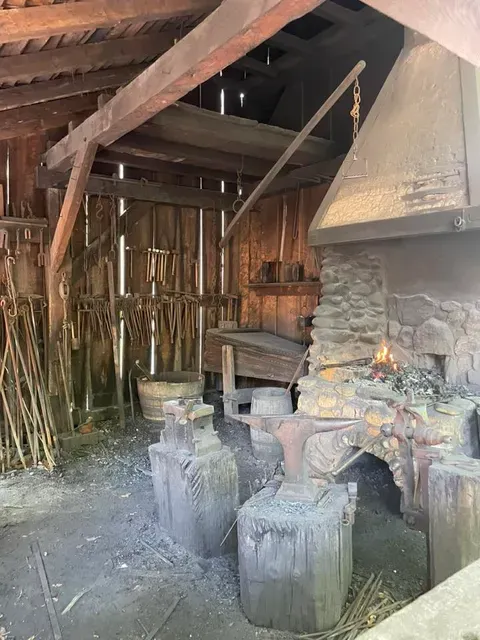
Blacksmith forge, Jamestown Settlement
Reason 3 to visit Jamestown Settlement: The art and the objects.
Yes, there's an indoor bit to Jamestown Settlement too! A full-on museum with galleries and exhibits chronicling the full history of this land through to the English settlement.
You'll see art. You'll see objects. You'll gain knowledge.
If you're the type of person that enjoys seeing artifacts in person and reading about their provenance and historical significance, you won't be disappointed.
One of my favorite pieces is one Travis pointed out to me: an Indian Treaty Badge. The purpose was for it to be carried by members of a tribe who had a treaty in place with the English. Having it on your person and able to display allowed passage through English communities and settlements.
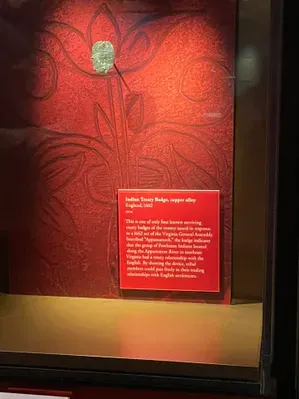
Indian Treaty Badge, Jamestown Settlement
Another ties something I learned about during my April, 2025 visit to Smith's Fort together with Jamestown Settlement. I learned about a man named William Pierce whose "inventory" shows his ownership of an enslaved women named Angelo. Jamestown Settlement has a portrait of Angelo, which I was compelled to see.
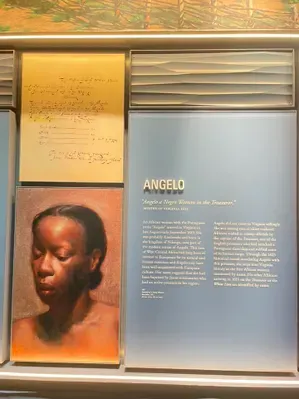
Angelo at Jamestown Settlement
Reason 4 to visit Jamestown Settlement: The history.
As I mentioned at the beginning of this post, if you're interested in the history of United States, start at it's beginning- and beyond.
See replicas of the three ships that brought the colonists across the Atlantic. Walk the halls of the museum and learn the stories of the land, the people, the evolution of Virginia and the Colonies. Wander the Paspahegh Town, the buildings inside the fort, and engage with the interpreters.
Simply put: as we enter into the celebration of America's 250th, a visit to Jamestown Settlement is a perfect way to set context to what has become our United States of America.
And it doesn't stop with what you can see in this year of 2025. The historians, curators, interpreters, tradesmen- all staff and supporters, continue to evolve the exhibits and educational tools at Jamestown Settlement.
Visit Jamestown Settlement in 2025. And again, and again.
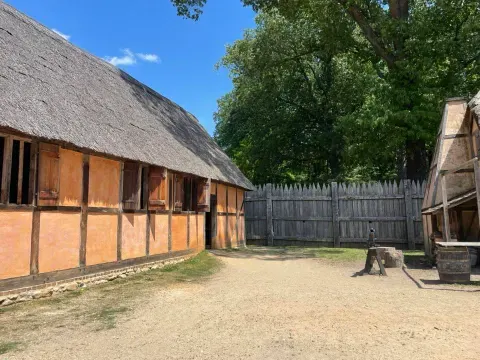
Inside the reconstructed fort at Jamestown Settlement.
3 Calls to action.
I gave you four reasons to visit Jamestown Settlement in 2025, now I'm suggesting three courses of action before ending with closing words from history. (In other words, I'm making it easy for you by sharing links!)
- Get tickets and plan your visit by clicking here. (consider combining your visit with Jamestown-Yorktown Foundations sister site: American Revolution Museum at Yorktown or even a full week covering the entire Historic Triangle!)
- Check out related posts on this blog.
- Purchase the book I recommend for getting a deeper understanding of Jamestown's history: Love and Hate in Jamestown: John Smith, Pocahontas, and the Start of a New Nation.
- For the kids in your life: my recommended tool to share history is History Unboxed. Check it out here.
Closing words from history.
I was able to find a gem! A letter from a 1622 resident of Jamestown sharing a bit of his life in Virginia. Read the letter in full, as well as learn more about it, using this page on the Gilder Lehrman Institute of American History's website.
In context, it's common knowledge a goal of settling this land was to find expensive natural resources- especially the search for gold.
Sebastian Brandt to Henry Hovener Virginia, January 13, 1622.
Autograph letter signed, 3 pages + docket.
[draft] Well beloved good friend Henry Hovener My comendations remembred, I hartely wish your welfare for god be thanked I am now in good health, but my brother and my wyfe are dead aboute a year pass’d, and touchinge the busynesse that I came hither is nothing yett performed, by reason of my sicknesse & weaknesse I was not able to travell up and downe the hills and dales of these countries but doo nowe intend every daye to walke up and downe the hills for good Mineralls here is both golde silver and copper to be had and therefore I will doe my endeavours by the grace of god to effect what I am able to perform.
Are you enjoying the blog? Use my online tip jar and buy me a coffee:
There is a huge practical disclaimer to the content on this blog, which is my way of sharing my excitement and basically journaling online.
1) I am not a historian nor an expert. I will let you know I’m relaying the information as I understand and interpret it. The employees of Colonial Williamsburg base their presentations, work, and responses on historical documents and mainly primary sources.
2) I will update for accuracy as history is constant learning. If you have a question about accuracy, please ask me! I will get the answer from the best source I can find.
3) Photo credit to me, Daphne Reznik, for all photos in this post, unless otherwise credited! All photos are personal photos taken in public access locations or with specific permission.
